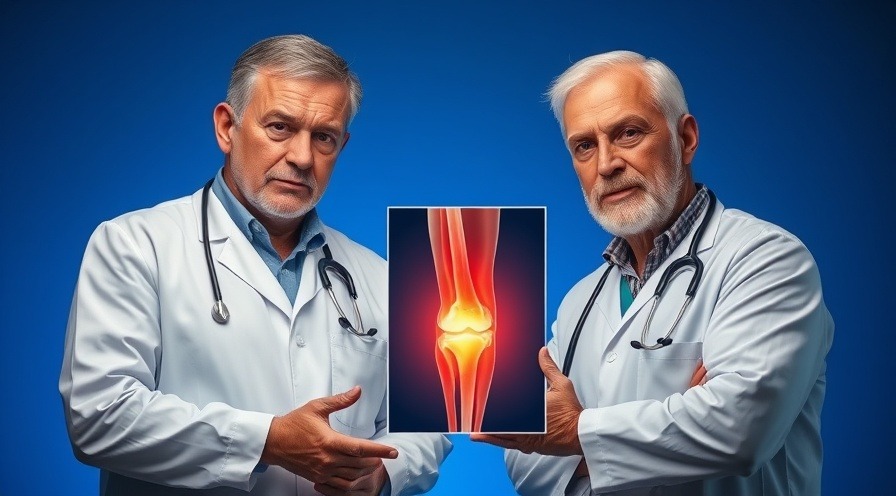
Understanding Pranayama: The Ancient Technique Backed by Science
Pranayama, the age-old yogic practice of breath control, is garnering attention not only from yoga enthusiasts but also from the medical community. By focusing on how we breathe, we can harness profound effects on our mental and physical health. As we explore its six life-changing benefits, it becomes clear that pranayama is more than just a breathing exercise; it is a gateway to improved well-being.
In 'The Science of Pranayama: 6 Life-Changing Benefits Backed by Research', the discussion dives into powerful benefits of breath control, which sparked deeper insights we are eager to share.
1. Reducing Stress and Anxiety
One of the most significant advantages of pranayama is its ability to reduce stress and anxiety. By activating the parasympathetic nervous system, which is responsible for the body's relaxation response, pranayama encourages a state of calm. Techniques like nadi shodhana, or alternate nostril breathing, and bhauma humming breathing have been shown to lower cortisol levels, which are typically elevated during stressful situations. This practice not only eases anxiety disorders but also promotes general well-being by stabilizing heart rate and blood pressure.
2. Enhancing Lung Function
For those concerned about respiratory health, pranayama can be particularly beneficial. Regular practice strengthens the respiratory muscles and increases lung capacity. Methods such as kapalabhati and bhastrika, which involve strong inhalations and exhalations, train the lungs to absorb more oxygen. These techniques are especially useful for individuals with respiratory conditions like asthma or COPD, offering a natural way to enhance their breathing capabilities.
3. Boosting Focus and Mental Clarity
Pranayama isn’t limited to physical health—it can also sharpen the mind. By regulating oxygen and carbon dioxide levels in our body, these breathing exercises optimize overall brain function. Research published in the Journal of Neurophysiology highlights increased activity in the prefrontal cortex after pranayama practice, which is critical for concentration and memory. This means parents juggling work, home responsibilities, and personal wellness can benefit from clearer thinking and better decision-making abilities.
4. Supporting Cardiovascular Health
The heart health benefits of pranayama are backed by science, with controlled breathing practices shown to improve heart rate variability (HRV)—a crucial marker of cardiovascular health. Regular practitioners of pranayama have been found to have better blood pressure control and a reduced risk of hypertension. For parents seeking to model healthy habits for their children, this ancient practice can instill invaluable lessons about self-care and stress management.
5. Strengthening the Immune System
A well-functioning immune system is essential, especially during periods of high stress or seasonal changes. Pranayama enhances oxygen delivery to cells and promotes lymphatic flow, aiding in the detoxification process. Furthermore, regular practice can boost immune cell function, making it more effective at warding off infections. This is particularly vital for parents who want to ensure their families remain healthy and resilient.
6. Improving Sleep Quality
In our fast-paced world, quality sleep can often seem elusive. Pranayama can play a crucial role in enhancing sleep quality by calming the nervous system. Techniques like shantradhana (left nostril breathing) before bed can reduce insomnia symptoms and even promote melatonin production, easing the transition into restful sleep. By incorporating these practices into your nighttime routine, you can create a tranquil environment for both yourself and your children.
Conclusion: Transform Your Wellbeing with Pranayama
Pranayama is not just for yoga instructors; anyone can benefit from its profound effects on mind and body. Devoting just 10 to 15 minutes daily can lead to significant improvements in health and quality of life. As a parent, embracing this practice not only aids your own wellness but also equips your children with powerful tools for managing stress and promoting good health.
Feeling inspired? Take the first step by incorporating pranayama into your daily routine and witness the transformative changes it brings for you and your family.
 Add Row
Add Row  Add
Add 




Write A Comment